How land use affects the spread of disease
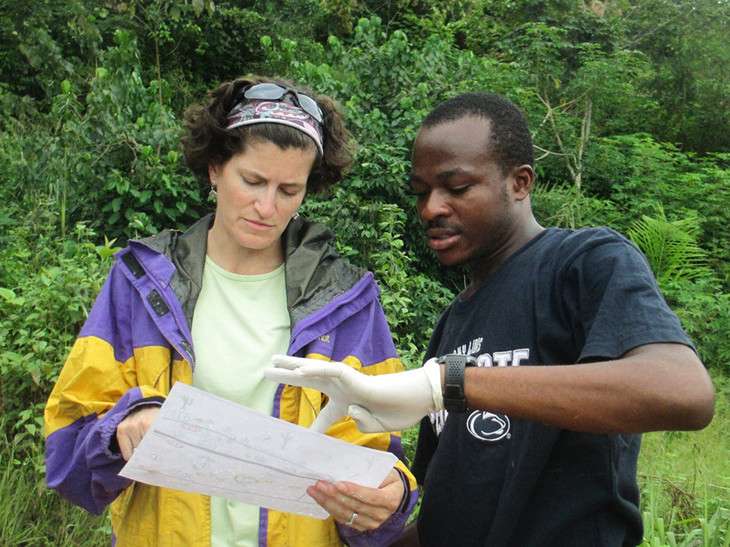
Protecting the landscape may also help protect people from some infectious diseases, according to Erica Smithwick, associate professor of geography. Smithwick and her colleagues have been investigating how land use has affected the spread of two diseases in sub-Saharan Africa.
They have found that areas with more landscape edges—where different ecosystems meet—correlate with increased spread of disease. Researchers have observed a similar phenomenon in the U.S., where ticks carrying the Lyme disease parasite attach themselves to deer and mice that feed at the edges of forests, and are then carried by their hosts to new areas they could not have reached on their own. More edges means more hosts, and researchers have shown that this leads to increased incidence of Lyme disease.
Smithwick says the same may be true for two diseases that are common in Africa, malaria and Buruli ulcer.
In terms of infections, Buruli ulcer is fairly new. Reports of skin ulcers in sub-Saharan Africa date back to the early 1900s, but it wasn't until the 1990s that the disease became more prevalent. In 1998, the World Health Organization (WHO) launched a Global Buruli Ulcer Initiative to focus more resources on treating the debilitating disease.
It is caused by a water-borne bacterium, but the exact means of transmission is not yet known; it may be carried by an aquatic insect or may enter breaks in the skin directly from contaminated water. The disease leaves skin lesions and scars on affected individuals, typically on arms, legs and hands. It's treatable with antibiotics, but if it's not addressed early it can cause long-term disabilities.
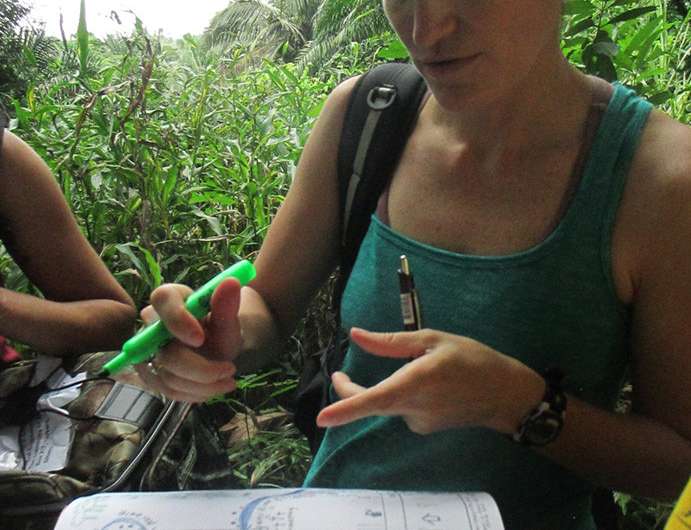
"Buruli ulcer is a disease of low-income populations, and it has affected rural parts of Ghana the most," says Smithwick. "It causes physical scarring and deformities on the skin, so there are stigmas associated with it. Sometimes people with the ulcer are ostracized. Without knowing the cause of the disease, it's unlikely that someone would seek treatment for it."
As of 2016, there are no reliable preventive measures for Buruli ulcer, according to WHO. Knowing this, Smithwick and her team sought to understand the social and environmental factors that influence how the disease spreads.
"Our whole project came out of a conversation with community members in Ghana," says Smithwick. "Petra Tschakert, a former Penn State faculty member who is now at the University of Western Australia, had made connections with some local community groups there. They mentioned there was a disease that they didn't understand. We eventually got connected with a doctor in the area, Erasmus Klutse, who had been setting up health clinics in the area, and he became a collaborator on our research."
In his work throughout rural parts of Ghana, Klutse, a co-author on several papers with Smithwick, had obtained data on where the disease had spread. Smithwick and her colleagues compared this to high-resolution satellite images from 20 villages, taking into account different types of land usage.
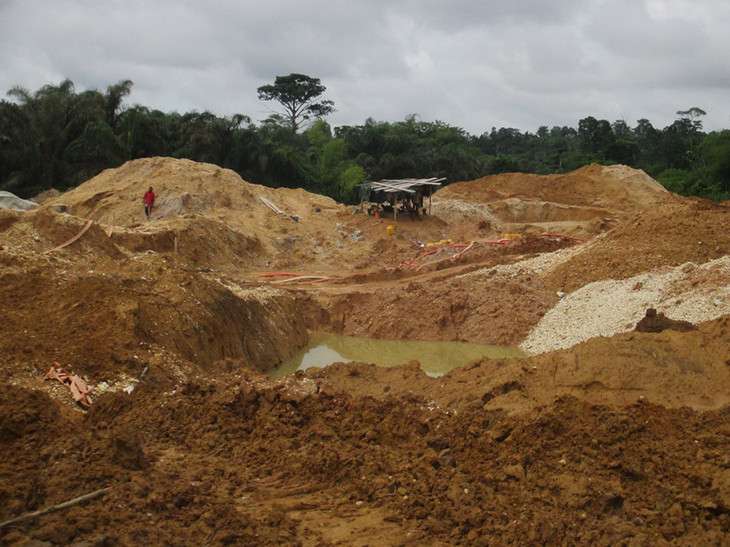
"We saw very clear correlations between how land was used, for agriculture or mining, and incidence of disease," she says.
Specifically, edge density, or the number of land edges in a given space, was directly correlated to reports of the disease: In high-edge-density spaces, reports of Buruli ulcer increased by between 2 and 10 times.
The main way edge density increases is through land fragmentation, a process of breaking a piece of land into smaller, unconnected parcels of land. Natural disasters like wildfires can fragment land, but human activities like agriculture and mining create edges at a much higher rate.
"With mining and agriculture, people disturb the land to harvest resources, and in the case of Buruli ulcer, this fits with theories of how the disease is transmitted," Smithwick says. "It travels through water bodies, and you find these in abundance in gold mines and farms in Ghana. In those locations, we saw the highest edge density in the land and the highest reports of Buruli ulcer."
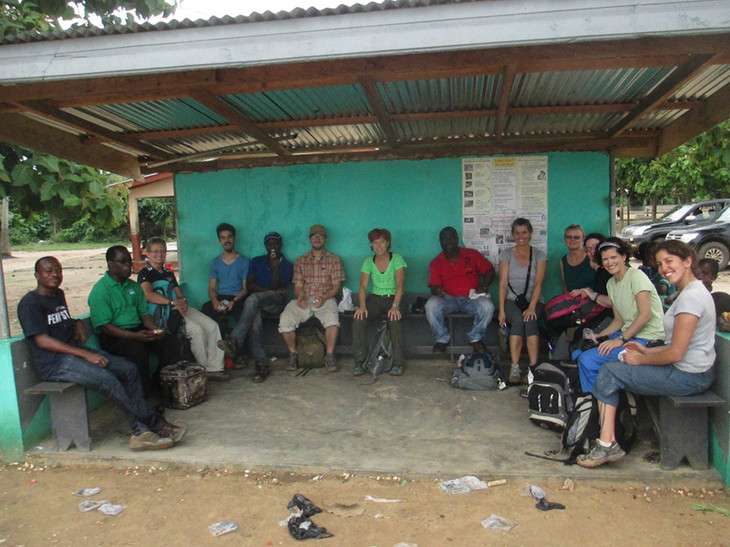
Smithwick also studied the inverse relationship between humans and land—how disease transmission is affected when communities intentionally preserve land. She and a former graduate student, Eric Taber, who now works for the Centers for Disease Control and Prevention, studied how reports of malaria correlated with areas of protected and unprotected land in more than 20 countries in Sub-Saharan Africa. There are seven categories of protected land, which range from national parks to nature reserves to national monument areas, according to the International Union for Conservation of Nature.
Borne by mosquitos, malaria has been responsible for millions of deaths over the years, primarily among children in Africa. In 2013 alone, WHO estimates that malaria was responsible for 198 million clinical episodes, and the death of more than 500,000 people.
The researchers looked at the geographic distribution of malaria cases between 2008 and 2012 and overlaid this data on the locations of protected areas.
"What we were seeing is that people living in or near protected areas had a lower malaria incidence than people living far from protected areas," she says.
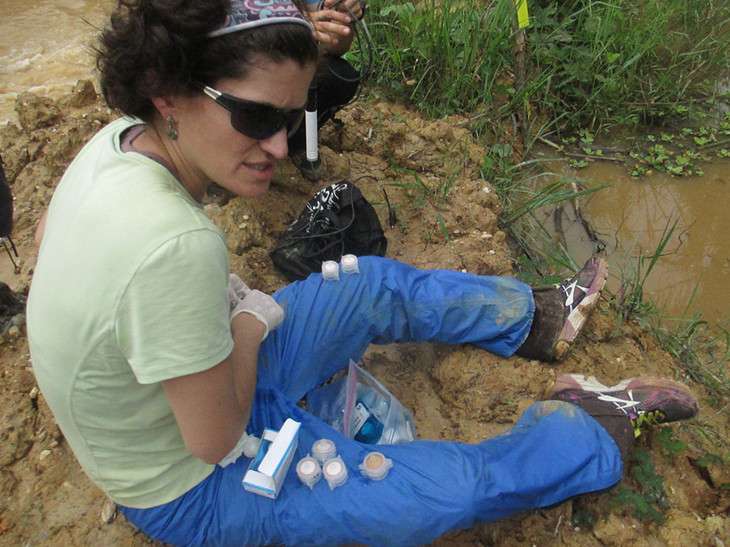
Better understanding the ties between land conservation and human well-being is driving Smithwick to continue collaborating with researchers and agencies in Africa, like the Donald Woods Foundation, which works to improve health in low-income areas of South Africa.
"To show that landscape pattern matters for health is important because it's connecting ecosystems with well-being," she says. "The broader story is that we are fundamentally changing land use with potentially bad consequences for human well-being."
A key takeaway from her research, Smithwick says, is that these diseases aren't just a medical problem.
"We need the medical community to continue to help us with cures and treatments and unraveling the modes of transmission, but we're also realizing that diseases spread as a product of how we are using and manipulating the landscape," she says. "By using a multifaceted approach to address these problems, we could minimize the influence of the diseases and also help enhance landscapes that promote human well-being."

















